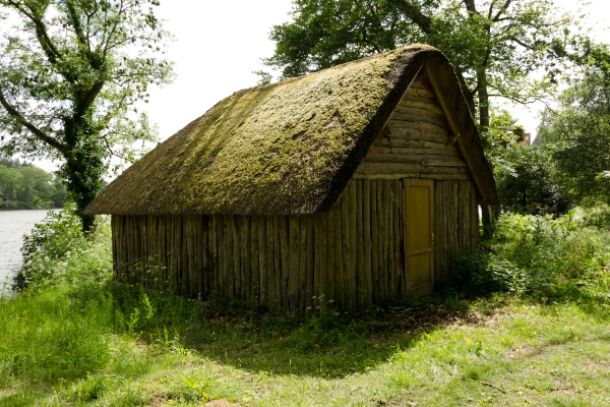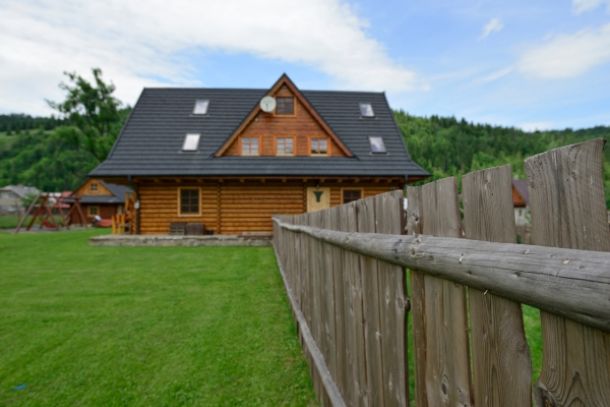Innovative Smart Solutions for Wooden Homes: A Modern Approach
Innovative Smart Solutions for Wooden Homes: A Modern Approach
The convergence of traditional wooden construction and modern smart technologies is reshaping the way we live. “Innovative Smart Solutions for Wooden Homes: A Modern Approach” delves into practical strategies for integrating advanced digital systems into wooden home building, transforming them into dynamic, energy-efficient spaces. This article highlights innovative solutions that enhance safety, comfort, and efficiency while preserving the natural beauty of timber.
Introduction
Wooden homes are synonymous with warmth, natural beauty, and sustainability. However, in today’s digital age, homeowners seek more than just aesthetic appeal; they demand functionality and efficiency. The adoption of smart technologies in wooden home construction offers a way to elevate traditional designs into modern, interactive living spaces. This guide explores how innovative smart solutions can be seamlessly incorporated into wooden homes, ensuring they are not only environmentally friendly but also technologically advanced.
Embracing the Digital Transformation
Digital Modeling and Simulation:
Digital design tools have become indispensable in modern construction. Using CAD and BIM software, builders can create highly detailed digital models of wooden homes, incorporating smart technology elements from the outset. These models allow for simulation of energy performance, structural integrity, and system integration, helping to optimize the design before any physical work begins.
Virtual Reality (VR) and Augmented Reality (AR):
Innovative builders are now using VR and AR to visualize designs in a three-dimensional space. This immersive technology allows you to “walk through” your future home, identifying potential issues and making adjustments in real-time. VR and AR tools bridge the gap between concept and reality, ensuring that smart integrations align perfectly with the overall design.
Smart Technologies in Wooden Home Construction
Automated Climate and Energy Systems:
One of the most compelling smart solutions for wooden homes is the automated climate control system. Advanced thermostats and HVAC systems that adjust settings based on real-time environmental data can significantly enhance energy efficiency. Coupled with sensors that monitor indoor air quality and occupancy, these systems ensure optimal comfort and energy savings throughout the year.
Integrated Security and Safety:
Security is a critical aspect of any modern home. Smart security systems featuring cameras, motion detectors, and remote monitoring can be discreetly integrated into wooden structures without detracting from their natural aesthetics. Automated lighting and alarm systems provide an additional layer of protection, ensuring that your home remains safe at all times.
Smart Lighting and Appliance Control:
Innovative smart solutions also extend to lighting and appliances. Automated lighting systems adjust brightness based on natural light availability, while smart appliances can be controlled remotely to optimize energy use. These technologies not only improve convenience but also contribute to lower energy bills and a reduced carbon footprint.
Merging Tradition with Innovation
Planning for Connectivity:
Integrating smart solutions into a wooden home requires careful planning. Ensure that your blueprints include pathways for wiring and sensor placement. Incorporate conduits and pre-installed mounting points during the framing stage, allowing for seamless integration of digital systems without compromising the structural integrity or visual appeal of your home.
Hybrid Construction Methods:
A modern approach often involves combining traditional timber craftsmanship with innovative digital tools. Traditional joinery methods can be enhanced with modern connectors, ensuring both durability and precision. Prefabricated smart modules—such as wall panels with built-in sensors—can be assembled off-site and then integrated into the main structure, marrying the best of both worlds.
Long-Term Benefits and Adaptability
Energy Efficiency and Cost Savings:
Smart systems provide long-term benefits by optimizing energy usage. Automated climate control, lighting, and appliance management reduce wasted energy and lower utility bills. Over time, these savings can significantly offset the initial investment in smart technology.
Enhanced User Experience:
A well-integrated smart home offers unparalleled convenience. Centralized control via a smartphone app or voice assistant streamlines daily routines, allowing you to adjust settings on the fly. This enhanced user experience not only improves comfort but also adds significant value to your home.
Future-Proofing Your Home:
The modular nature of smart technology means that systems can be upgraded or expanded as new innovations emerge. By designing your wooden home with future technology in mind, you ensure that it remains adaptable and relevant in an ever-evolving digital landscape.
Conclusion
Innovative smart solutions for wooden homes represent a modern approach to blending tradition with technology. By integrating digital design, automated systems, and advanced security and energy management tools, you can transform a classic wooden structure into a cutting-edge, efficient living space. Embrace these smart innovations to enhance functionality, reduce energy consumption, and create a home that meets the demands of modern living while retaining the timeless charm of wood. With thoughtful planning and a commitment to innovation, your wooden home can stand as a model of efficiency, safety, and aesthetic excellence in the digital age.


